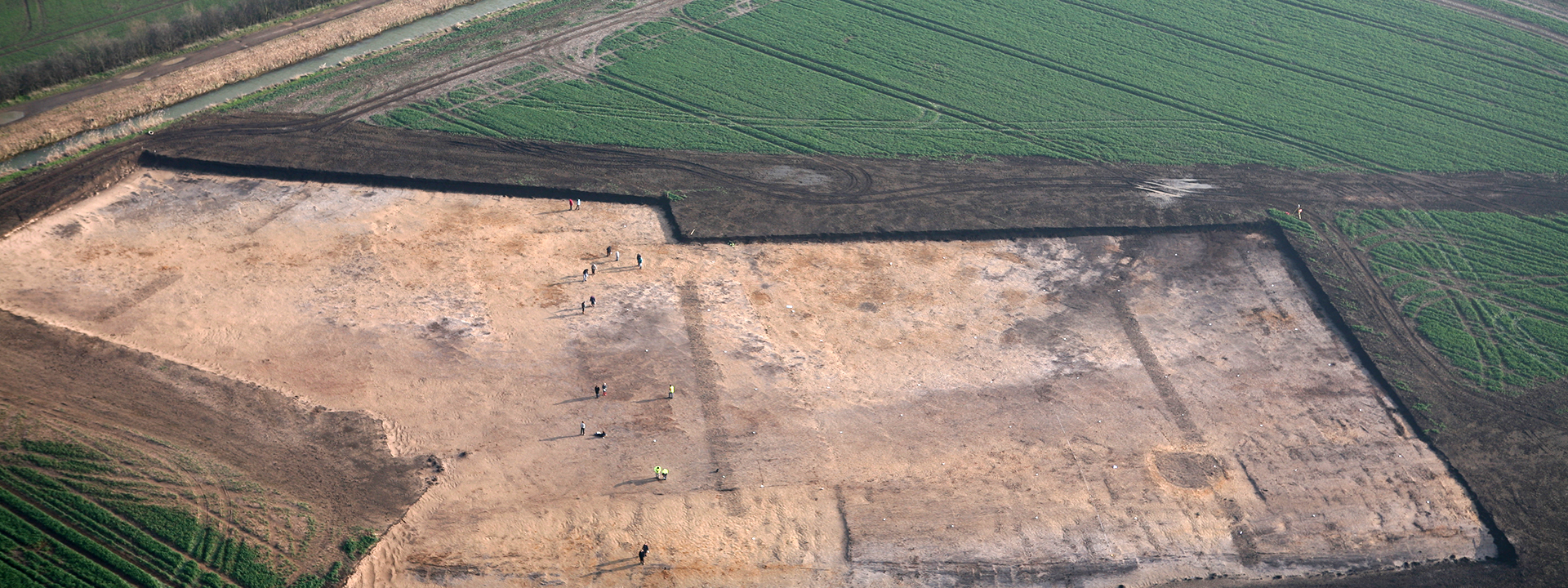Needingworth - Archaeology
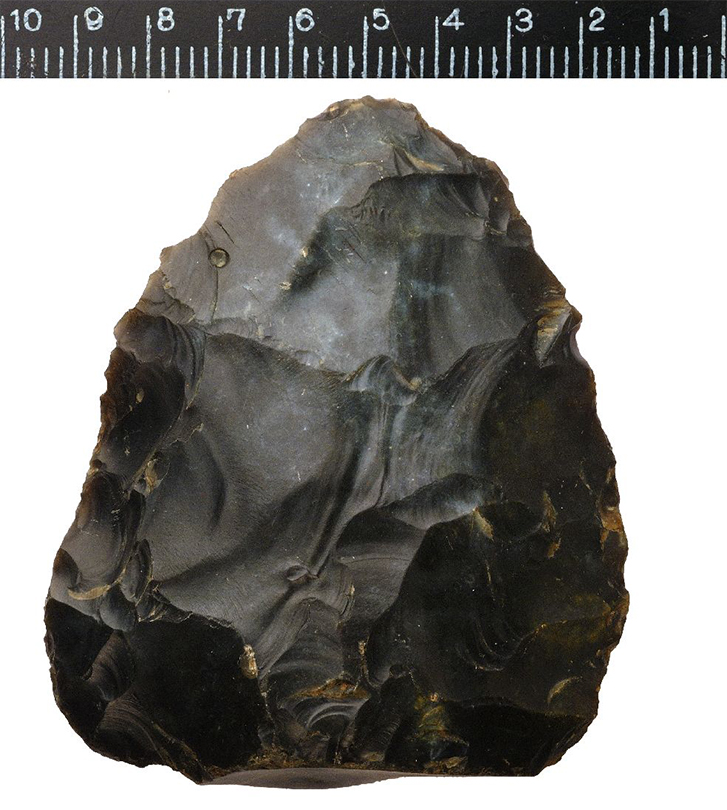
Notes on a probable later Middle Palaeolithic biface from the Needingworth Quarry, Cambridgeshire
The biface is made of a very dark, fine grained flint of very good quality, no cortical surfaces survive but the butt of the biface appears to be a naturally broken (thermal) surface. The condition of the biface is relatively fresh, surface alteration is restricted to a small area of light blue recortication and a very slight glossy polish. The edges of the biface exhibit relatively minor but consistent edge damage and abrasion and the scar ridges (arêtes) on the surface of the flint are slightly worn and abraded. The condition of the piece suggests the biface has not recently been disturbed from an in situ deposit and has been transported and redeposited in fluvial gravel deposits.
Barrow aesthetics and fenland monuments
Recent excavations of upstanding barrows within East Anglia’s former marsh fenlands have provided groundbreaking insights into these monumental structures and the groups who created them.
Making time work: sampling floodplain artefact frequencies and populations
The expansion of large-scale excavation in Britain and parts of Continental Europe, funded by major development projects, has generated extensive new datasets.
Wearing environment and making islands: Britain’s Bronze Age inland north sea
Dramatic environmental changes have had an enormous impact on human populations in the past, sometimes expressed through objects that might easily be overlooked.
Locations
More info by clicking the pins
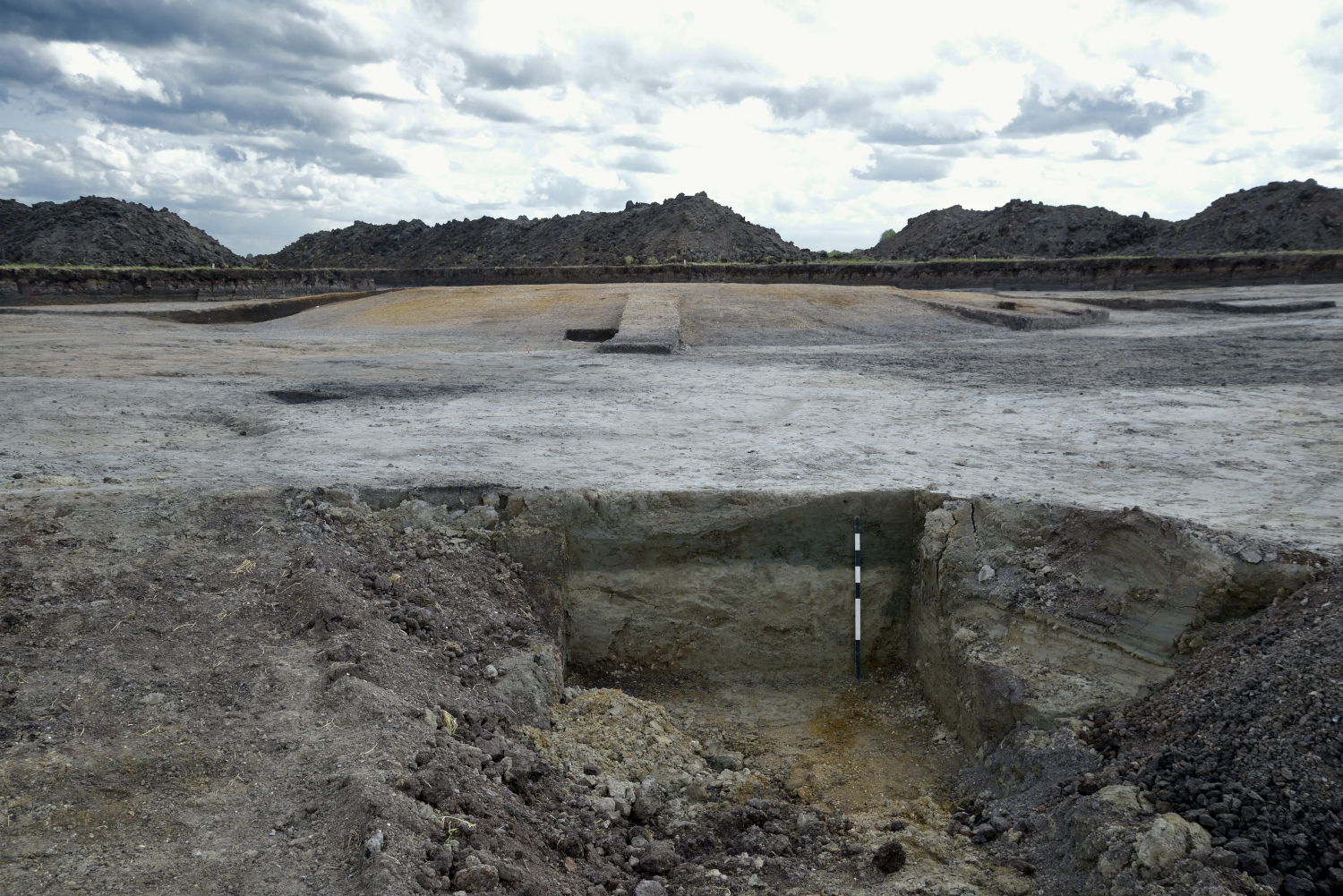
Needingworth archaeology .
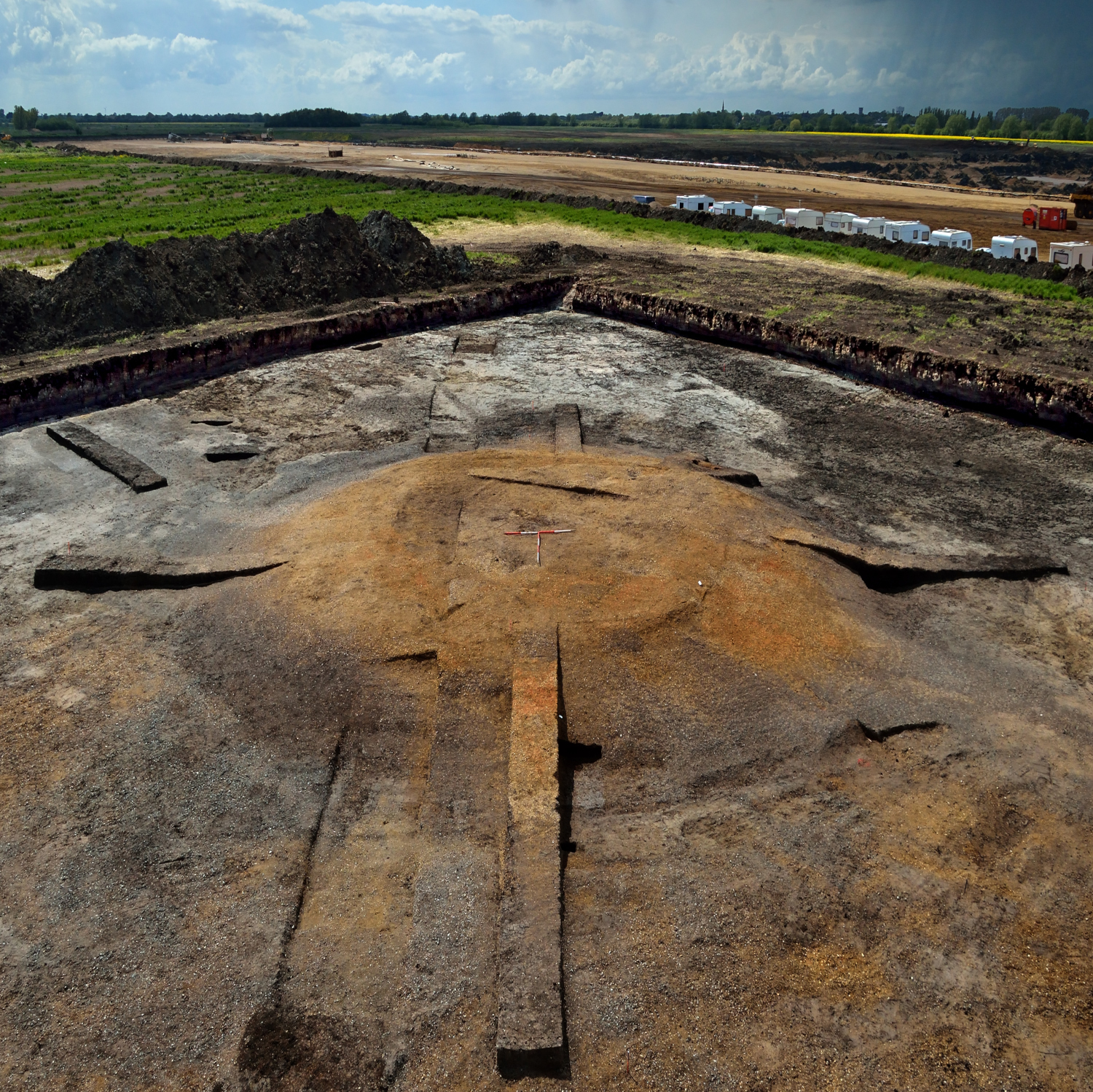
Needingworth archaeology .
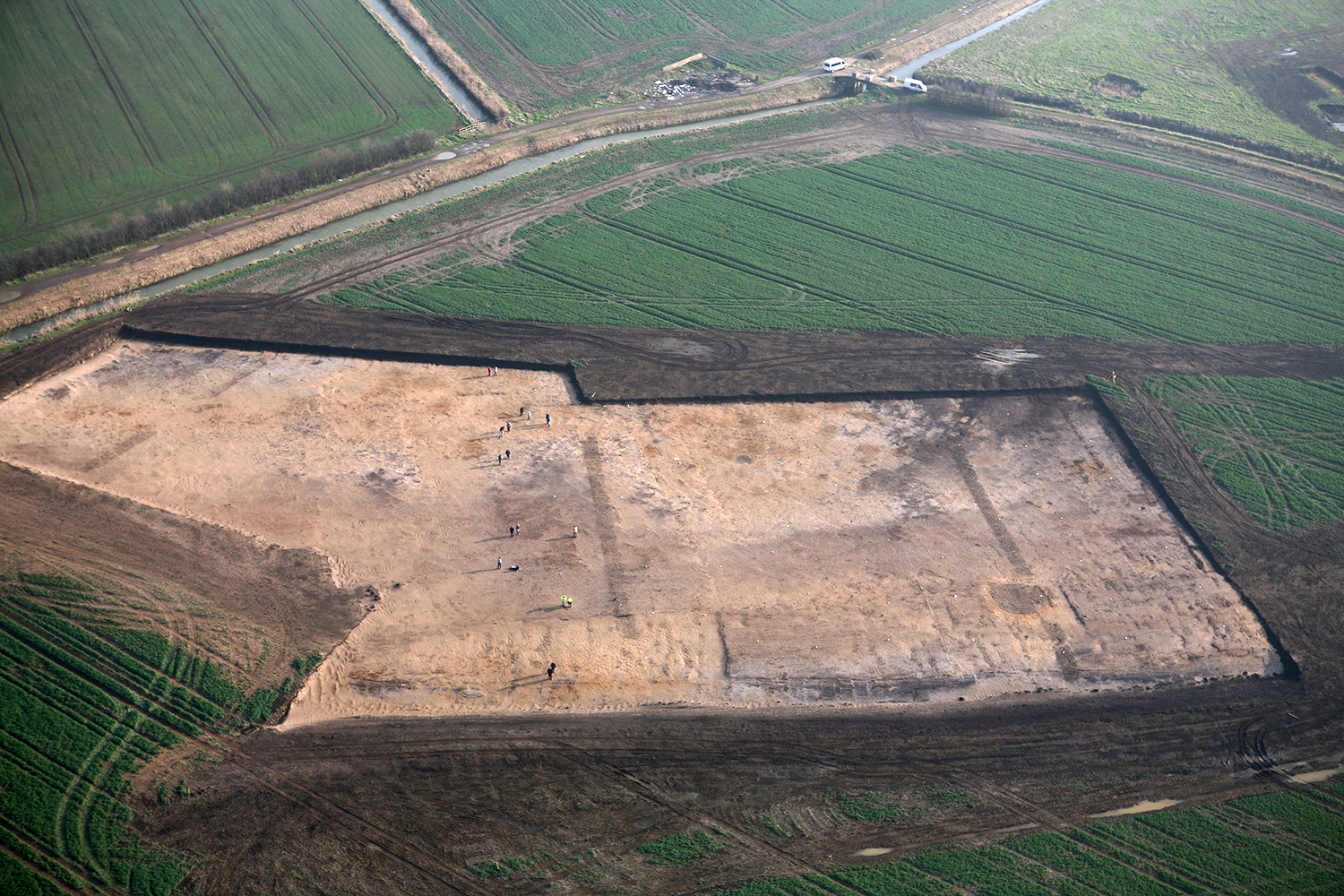
Needingworth archaeology .
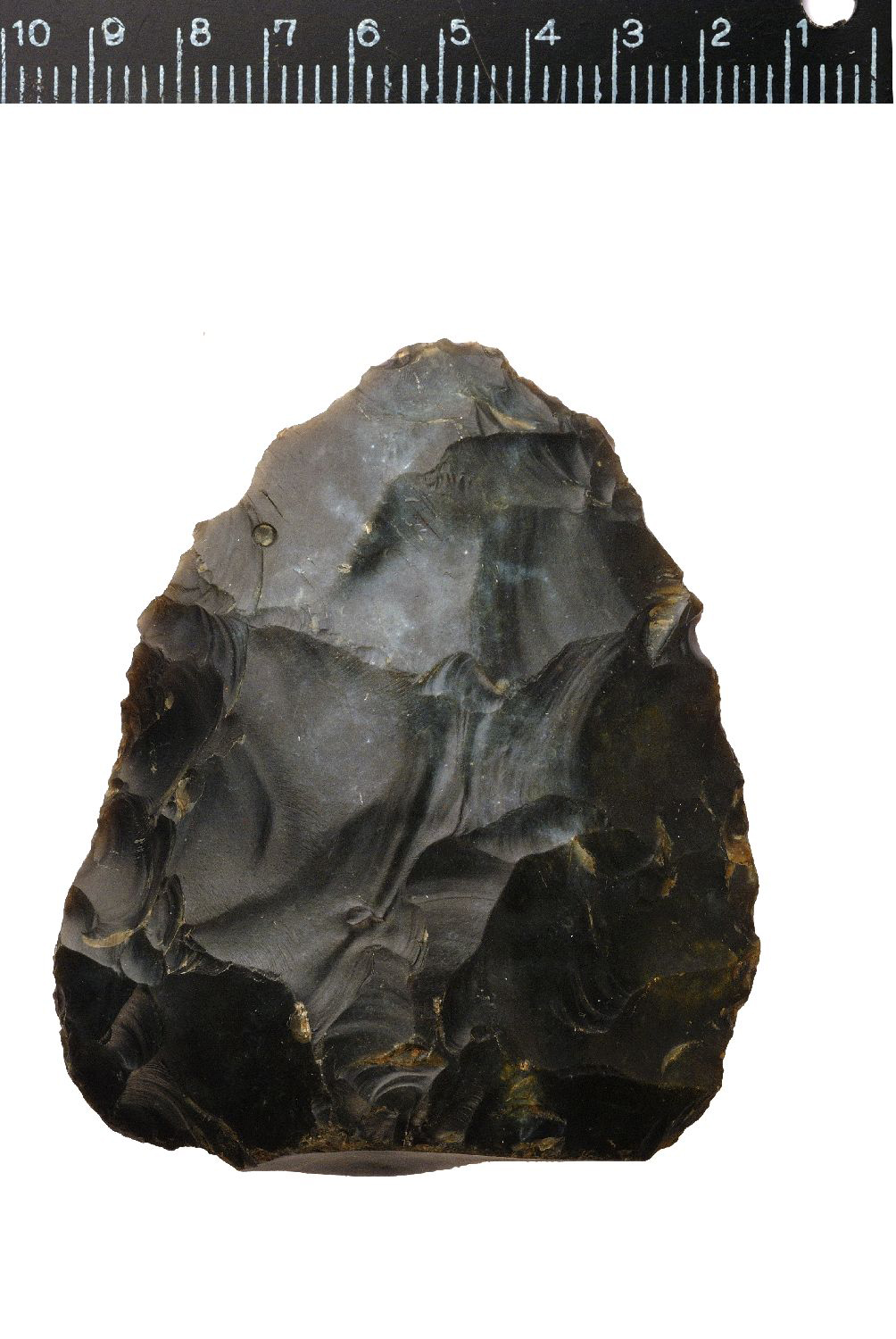
Needingworth archaeology.
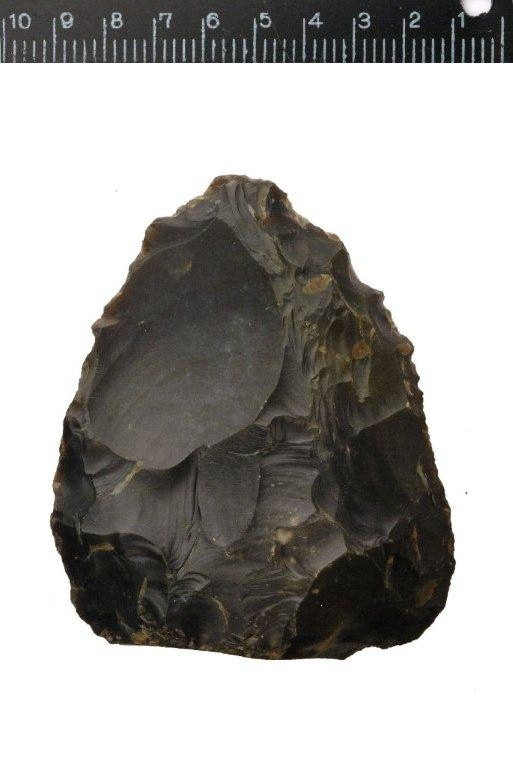
Needingworth archaeology .

Needingworth archaeology .

Needingworth archaeology .

Needingworth archaeology .

Needingworth archaeology.

Needingworth archaeology .
